VIEW BY CATEGORY:
Hi, we're Hunter and Sarah, a husband-and-wife, luxury wedding photography team. We’re also educators, helping other photographers build profitable and sustainable photography businesses.
MEET US
LOOKING FOR SOMETHING?
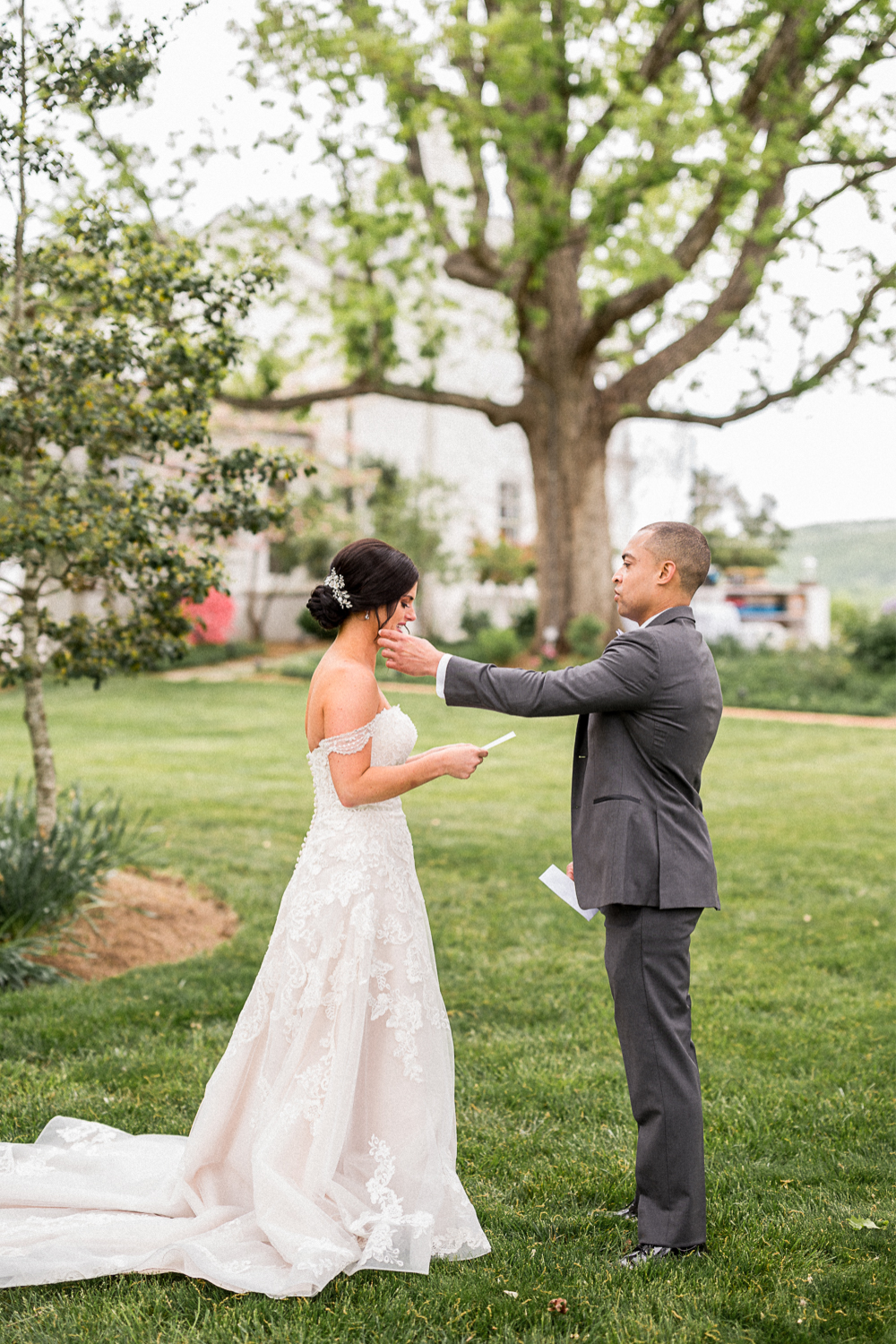
Intro to Shutter Speed and Motion Blur (Shooting in Manual Part 3)
January 5, 2023
—
If you want to understand how to use your DSLR or mirrorless camera, and take better images, then learning to shoot in manual is a great place to start! In today’s blog, we’re teaching all about shutter speed, one of the three fundamental controls you have over your camera, and how your shutter speed affects the images you take in a really fundamental way. After all, “How does shutter speed work?” is an essential question for any new photographer!
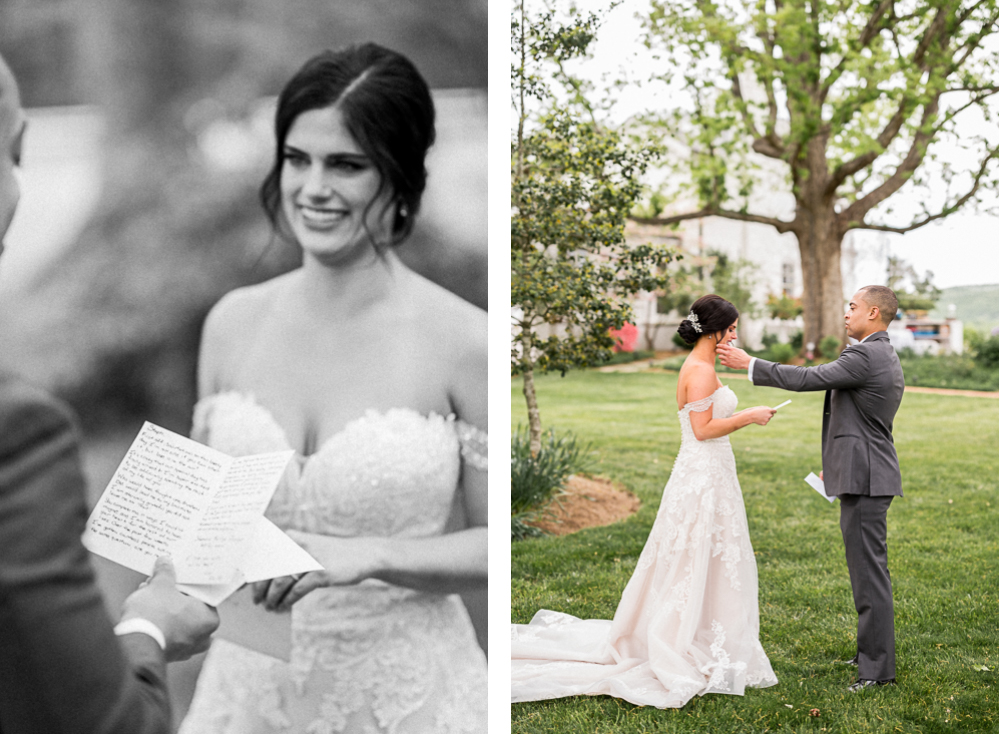
Why Manual Mode?
In case this is the first video that you’ve seen from this series, we just want to give you a brief intro as to why you might want to shoot in manual mode in the first place. If you’ve owned a DSLR or mirrorless camera for a little while now, you may have noticed that shooting with your camera in fully-automatic mode is a lot like taking pictures with an iPhone. You just point it at whatever you want to take a picture of, your camera does all the work, and you snap the picture.
When you’re first starting out and don’t know much about photography, this is obviously the best place to start. At the beginning, your camera is smarter than you when it comes to determining how much light should reach the sensor and make up an image. This is called “setting the exposure” or “exposing an image”, and your camera is going to do a pretty decent job of this in auto.
But over time, if you want to take better images — and especially if you want to become a professional photographer one day — you’ll need to learn how to take the reigns away from your camera, and start to control some or all of your exposure settings on your own. That’s where shooting in manual mode comes in, and that’s what this series is all about!
Speaking of series, last month we started this blog series by first introducing you to aperture, then by teaching you how to actually set your aperture for portrait sessions and wedding days. If you missed either of those blog/videos, use those links to check them out!

What is Shutter Speed?
Let’s dive into shutter speed and what it actually is. Back in the days of film photography (when each image was exposed on a piece of photo-sensitive paper called “film”) the shutter was used to protect that film from being exposed to light until you were ready to take an image. Then, when you clicked the camera’s “shutter release” button, the shutter would very quickly move out of the way to expose the film to light, then it would very quickly move back into place to protect the film that had now been exposed to a scene.
The length of time that the shutter stayed open — that is your shutter speed. It’s usually measured in seconds — or more accurately — fractions of a second. It doesn’t take long for an image sensor or a piece of film to be exposed to light, so the most commonly used shutter speeds for wedding and portrait photographers are between 1/100 of a second and 1/1000 of a second. That means your image sensor is only exposed to light for between 1 and 10 milliseconds!
And even though digital cameras replace photosensitive paper with a digital image sensor, the principle is still the same. The shutter speed is still a measure of how long you’re exposing your image for. If you want to see your DSLR camera’s shutter in action, set the shutter to 1/2 second, then look deep into the lens while you take a picture (as if you were taking a selfie). You can actually see the mirror move out of the way, then back into place. Then, set your shutter speed to 1/250, and do the same thing. You’ll see how much more quickly the shutter opens and closes!
In case this is helpful, here’s a chart with a handful of common shutter speeds. Just like with aperture, you don’t need to memorize these numbers, but just understand that smaller fractions mean a shutter that’s open for less time. For example 1/500th of a second is “faster” than 1/30th of a second.

Why is Shutter Speed Important?
So, now that you know what some shutter speed is, let’s talk about what shutter speed actually does. Just like with aperture, shutter speed has two main effects, and the first is light. As you make your shutter speed FASTER (as you go from 1/60th of a second to 1/250th of a second to 1/500th of a second), the curtain or “shutter” that sits in front of your image sensor is open for a smaller and smaller window of time, letting in less and less light. This, in turn, makes your images darker.
On the other hand, as make your shutter speed SLOWER (as you go from 1/200th of a second to 1/100th of a second to 1/50th of a second), the curtain or “shutter” is open for longer and longer, letting in more and more light. This makes your images brighter. Here’s that same diagram we just showed above, but this time, with shutter speed’s effect on the exposure of your image taken into account.
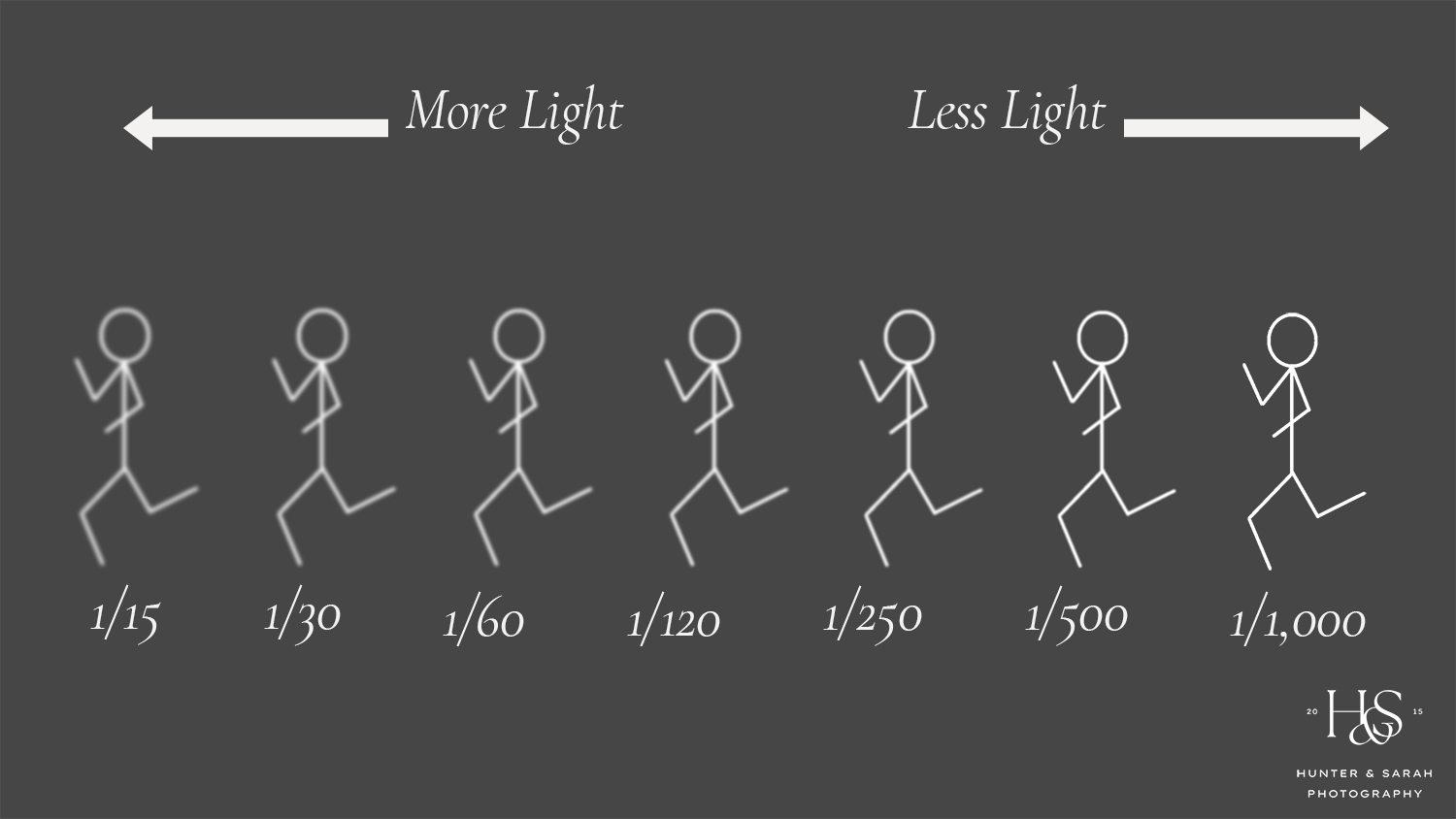
And in case this is still a bit unclear, let’s look at an analogy that should help explain how shutter speed works intuitively — the same analogy we looked at back when we talked about Aperture in Part 1 of this series. Let’s think about your lens as a hose that’s bringing ambient light — represented by the rain drops — into your camera’s image sensor — which is represented by these buckets.
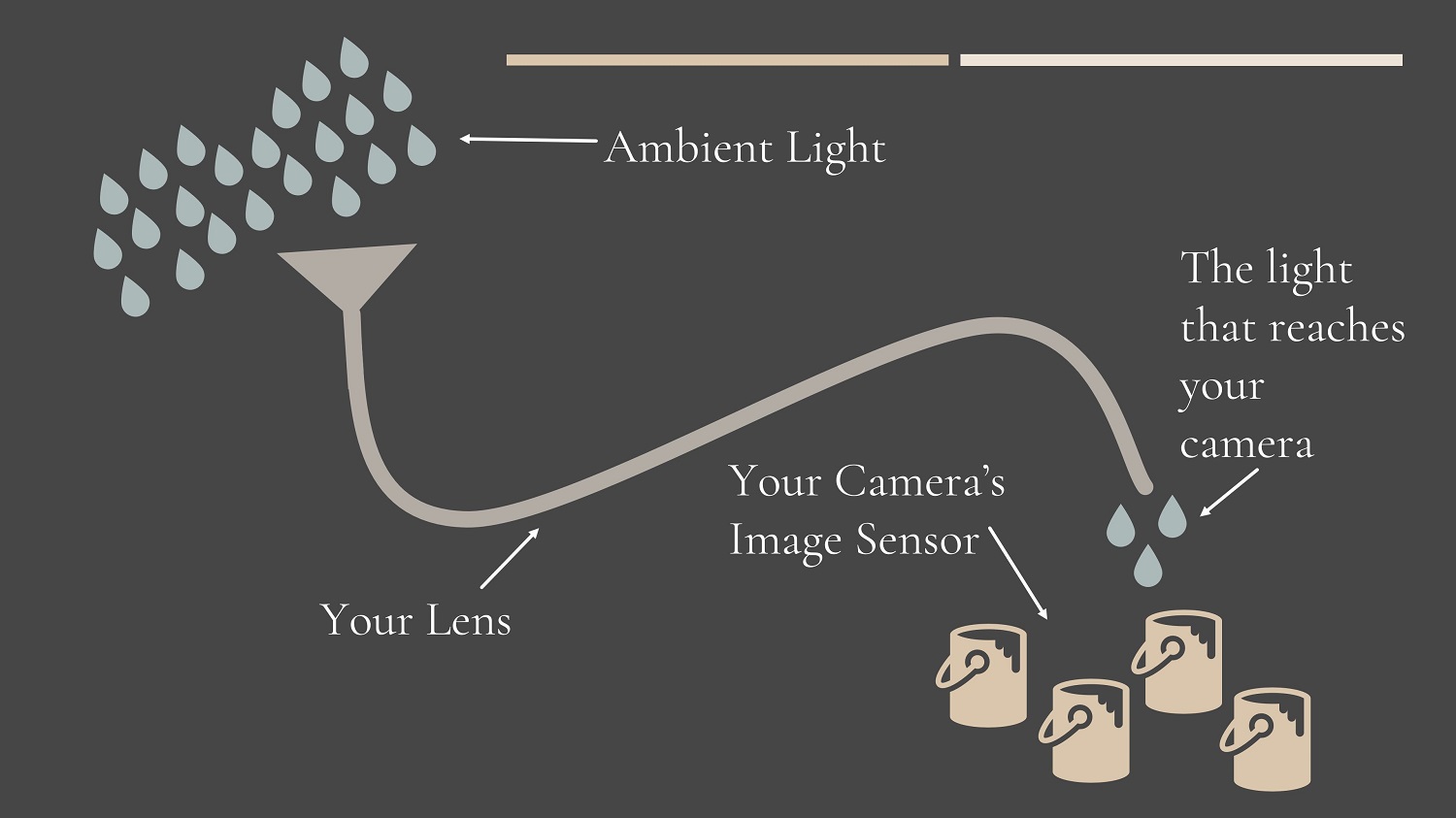
Now at the top of the funnel is a cap that prevents water from getting into the lens most of the time. This is your shutter, and when it’s closed, no light reaches your camera’s image sensors.
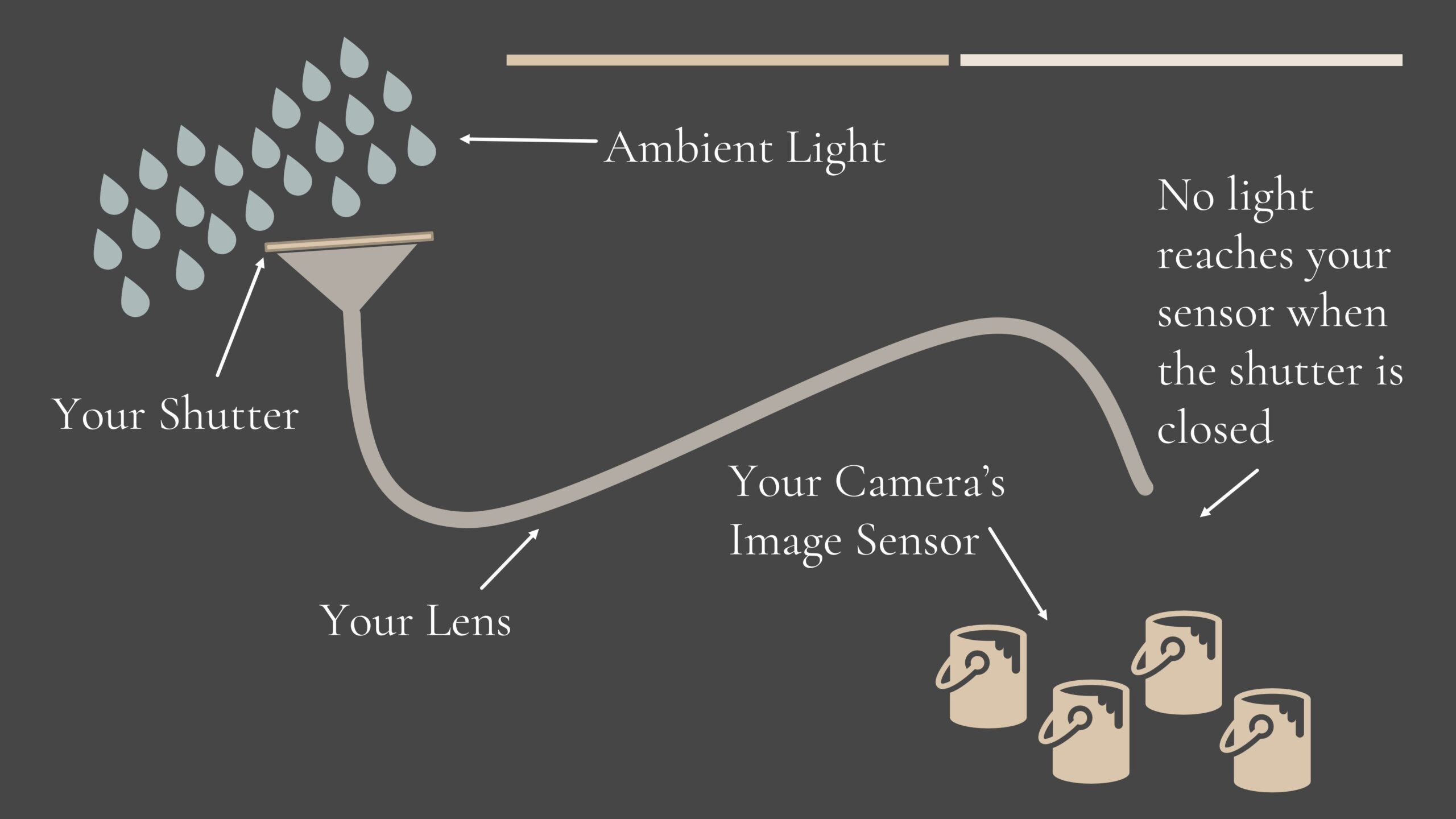
When you click the shutter release button to actually take a picture, your shutter jumps out of the way for a certain amount of time, and during that brief instant, light reaches your image sensor.

Then, after 1/60th of a second or 1/500th of a second — however long your shutter speed is set to — the shutter closes, and light stops reaching your image sensor. THAT is how your camera takes an image!

Here’s an example with actual imagery so you can get an intuitive sense of what we’re talking about. The image on the left was taken at a shutter speed of 1/500, and the image on the right was taken at 1/100, with all the other settings the same. Hopefully it’s pretty obvious that the image on the left is much brighter than the image on the right!
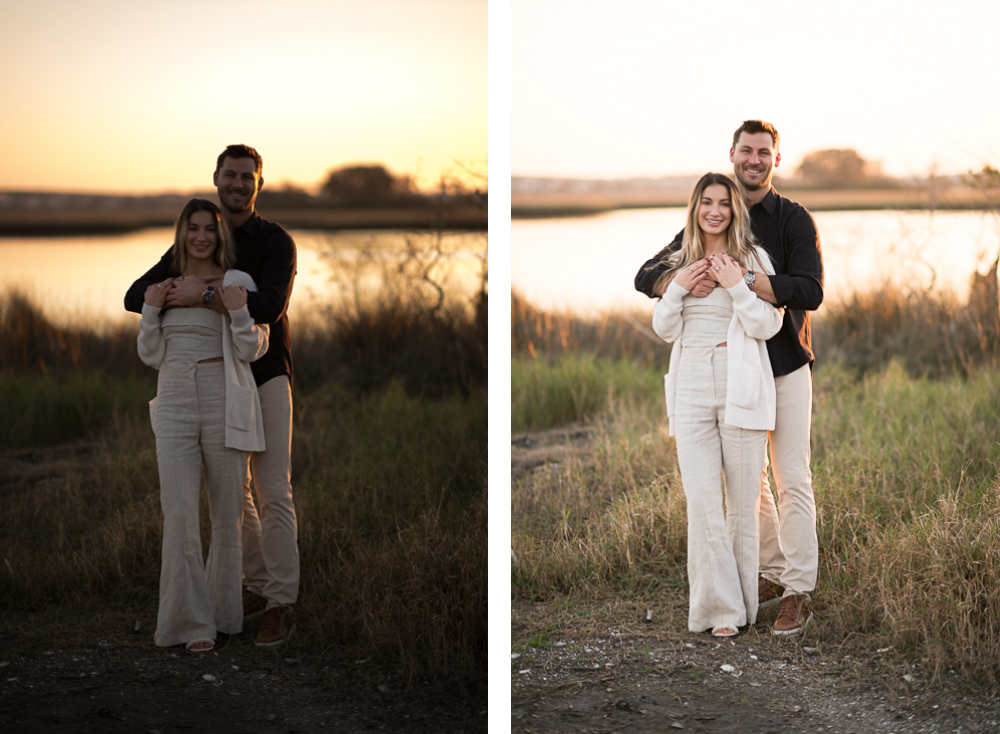
Both images were taken at f/1.8 and ISO 125, but the left was taken at a shutter speed of 1/100 and the right was taken at 1/500!
How Else Does Shutter Speed Affect Your Images?
So, letting light in for a smaller window of time leads to less light. That’s pretty intuitive. But just like aperture and ISO, shutter speed has a second effect on your images that’s totally unique. The second way that shutter speed affects your imagery is motion blur. How fast your shutter speed is set is going to affect whether any motion that was occurring when you took your image is perfectly frozen in time, or is blurry and fluid.
Fast shutter speeds freeze motion in time, like this image on the left taken at 1/320th, while slow shutter speeds allow motion to blur, like in the image on the right taken at 1/2 second.
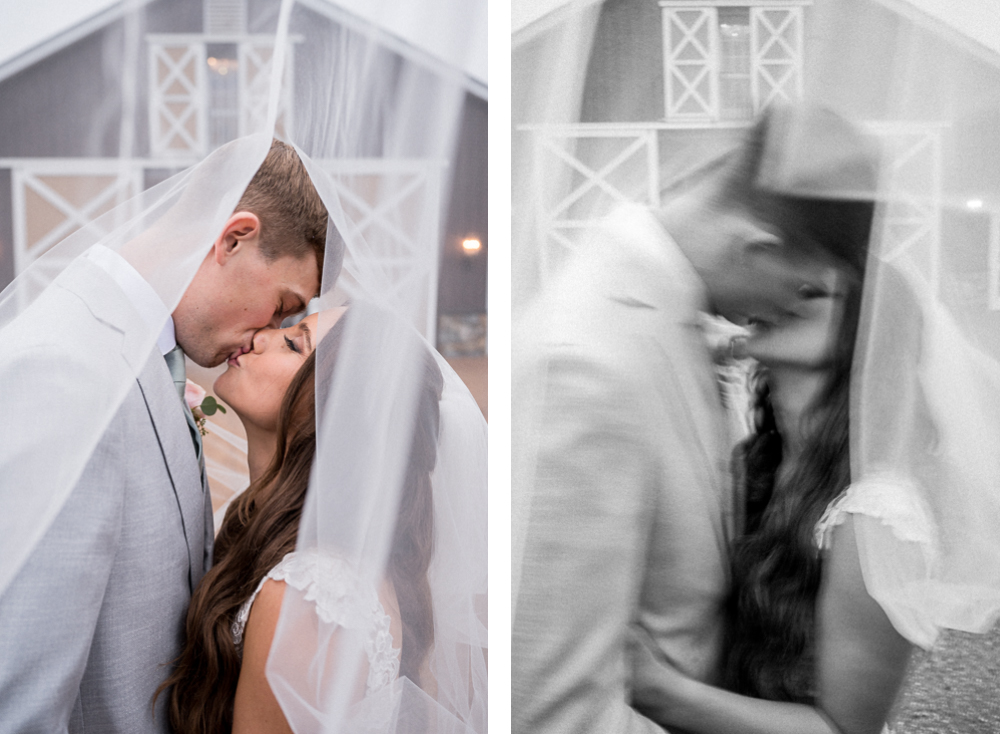
Left: f/3.5, 1/320, ISO 800. Right: f/10, 1/2, ISO 50
And here’s that chart one final time, with motion blur taken into account:

In most cases, portrait and wedding photographers want to prevent motion blur, as it can be distracting and make the image look like a misfire or a test-shot. But in rare occurrences, once you know and have mastered the basics, you can begin to experiment with strategically breaking the “rules” in order to capture creative and artistic shots like the one above on the right.
And whether you think that motion-blurred kissing photos is artistic or terrible, that’s totally fine! But whether you want to know how to replicate that effect or avoid it, you should tune into to Part 4 of our Shooting in Manual series next week, where we’re going to break down all the theory we talked about in this video, and teach you how to put it into practice and set your shutter speed for portrait sessions and wedding days!
Want More?
Click HERE to get your free copy of our eBook: “5 Essential Tips for Turning your Side-Hustle into a Full-Time Photography Business.” You’ll also be subscribed to our newsletter, so our newest content, weekly encouragement, and exclusive offers will be delivered right to your inbox!
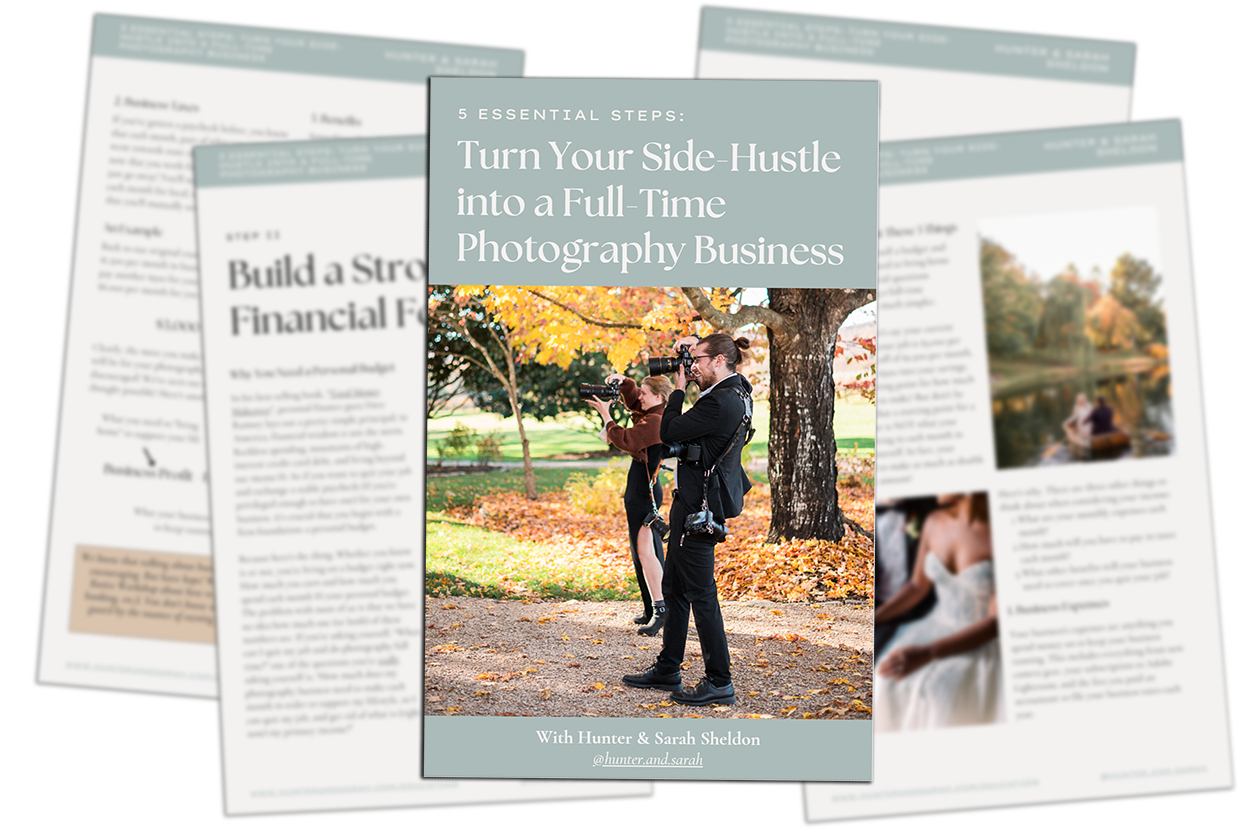
—
Check out the other segments in this blog series!
- Part 1: Intro to Aperture and Depth of Field
- Part 2: Best Aperture for Portrait and Wedding Photography
- Part 3: Intro to Shutter Speed and Motion Blur
- Part 4: Best Shutter Speed for Portrait and Wedding Photography
- Part 5: Intro to ISO and Grain/Noise
- Part 6: Best ISO for Portrait and Wedding Photography (Indoor & Outdoor)
- Part 7: No More Confusing “Exposure Triangle”! The EASY Way to Set Your ISO, Aperture and Shutter Speed
Filed in:
Wedding Photography & Photography Education
Charlottesville, Virginia and Beyond
HOME
ABOUT US
WEDDINGS
JOURNAL
FOR PHOTOGRAPHERS
PRESS & PRAISE
BLOG
CONTACT
e. hunter@hunterandsarahphotography.com
p. (434) 260-0902
